Nigeria’s Public Debt May Hit ₦160.6tn by End of 2025 – CSL Stockbrokers Warns
Nigeria’s total public debt stock could rise to ₦160.6 trillion by the end of 2025, heightening concerns over the country’s mounting fiscal vulnerabilities, according to a new economic outlook released by CSL Stockbrokers Limited, a subsidiary of FCMB Group Plc.
In its H2 2025 economic outlook, CSL projected that the Federal Government may borrow an additional ₦9.3 trillion or more in the second half of the year to plug its growing fiscal deficit. If realized, this would push Nigeria’s total public debt to an estimated ₦160.6tn, representing approximately 50.2% of the country’s pre-rebased Gross Domestic Product (GDP).
“We expect the government to ramp up its borrowing efforts in the second half of the year to bridge the widening fiscal gap. We believe the government could come to the market to raise around ₦9.3tn or more…,” the report stated.
Fragile Fiscal Position Amid Revenue Shortfalls
CSL warned that Nigeria’s fiscal situation remains fragile due to underperforming oil revenues and delayed tax reforms. Although the 2025 national budget projected a 3.9% deficit-to-GDP ratio, CSL forecasts that the actual deficit may rise to 5.8%, driven by significant shortfalls in both oil and non-oil revenues.
Between January and May 2025, Nigeria averaged 1.67 million barrels per day (mbpd) in oil production—well below its 2.06 mbpd target. In addition, global oil prices have underperformed, averaging $70.82 per barrel, compared to the benchmark of $75.
Non-oil revenues have also faltered. Proposed fiscal reforms, such as an increase in Value Added Tax (VAT) from 7.5% to 10%, have stalled amid legislative pushback. Furthermore, new tax laws initially planned for 2025 implementation have been postponed to 2026, reducing the government’s ability to raise domestic funds.
Subsidy Savings and Federation Revenue Constraints
The report also highlighted limited remittances from the Nigerian National Petroleum Company Limited (NNPC Ltd), which is currently transferring only about 50% of fuel subsidy savings to the Federation Account. This shortfall has further complicated the Federal Government’s revenue mobilization drive.
Borrowing Plans and External Debt Strategy
To close the funding gap, CSL expects the government to intensify borrowing through both domestic and foreign channels. This includes the implementation of a newly submitted $25 billion medium-term borrowing plan, which may involve the issuance of foreign-currency-denominated local debt instruments.
Additionally, Nigeria could return to international capital markets to refinance upcoming obligations, particularly the Eurobond maturity scheduled for November 2025.
Despite the rising debt, Nigeria’s debt-to-GDP ratio may appear to moderate to around 50.7% by year-end, primarily due to the recent GDP rebasing. However, CSL analysts caution that this improvement is cosmetic and does not reflect stronger fundamentals or sustainable revenue growth.
“The declining debt ratio post-rebasing does not mask the growing fiscal risks. Without meaningful reforms and stronger revenue inflows, debt sustainability remains a major concern,” the outlook noted.
Debt Trends and Implications
The Debt Management Office (DMO) recently reported that Nigeria’s total public debt rose to ₦149.39 trillion as of March 31, 2025, representing a ₦27.72 trillion (22.8%) increase from ₦121.67 trillion in the same period in 2024. The debt figure also rose quarter-on-quarter by ₦4.72 trillion or 3.3% from ₦144.67 trillion recorded at the end of 2024.
This surge is largely attributed to new borrowings by the Federal Government and the continued depreciation of the naira, which has inflated the naira equivalent of Nigeria’s external debt stock.
With fiscal pressures intensifying, CSL concludes that Nigeria’s reliance on debt to finance public expenditure, without parallel revenue growth or reforms, presents a critical risk to long-term economic stability
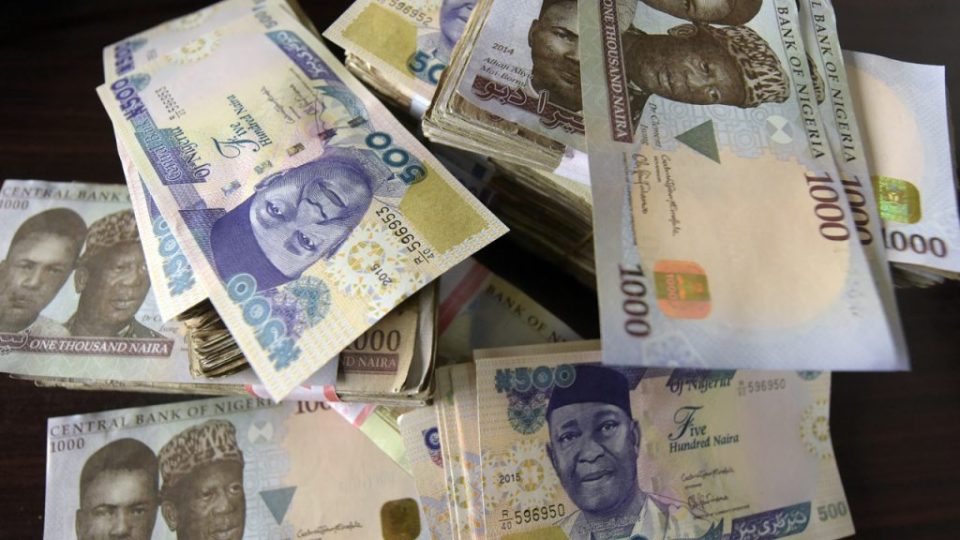

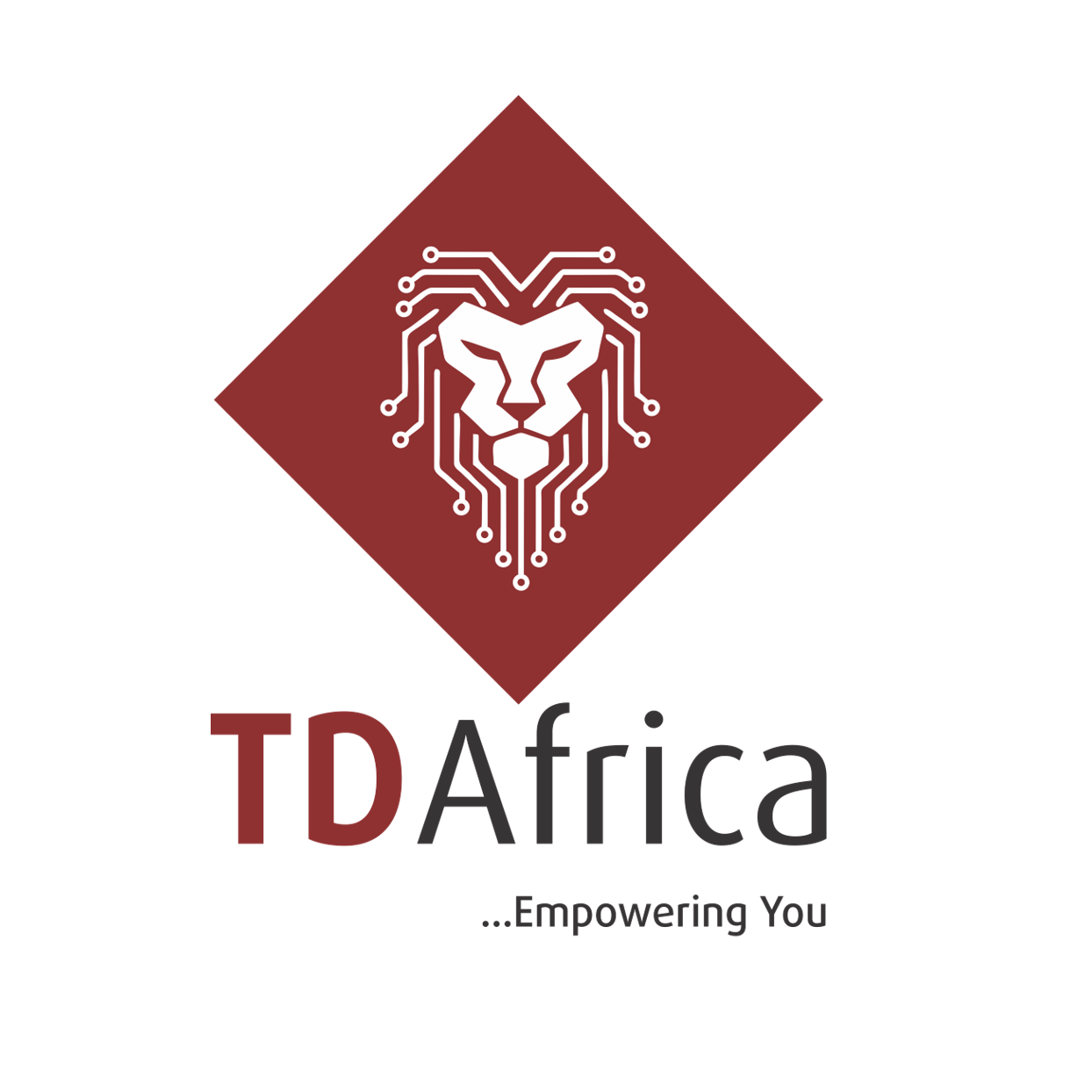


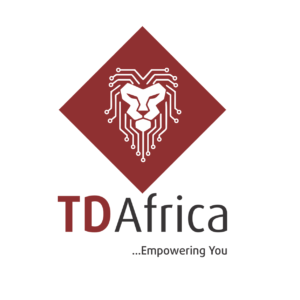




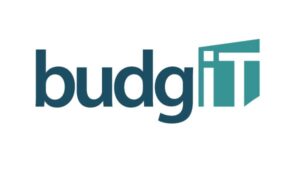
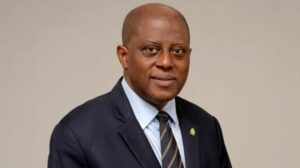
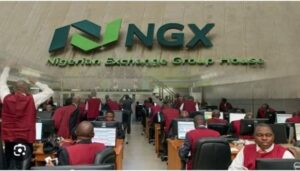
Post Comment